Social media spending rose in 2022 and will continue to grow in 2023 as marketing picks up after the pandemic. More people are staying connected online – Statista’s data found that 4.26 billion people used social media platforms in 2021! And that figure will keep rising, which is good for social media marketing in 2023! Marketers like yourself can look forward to rapidly developing technologies and feature updates on social media platforms. These developments will help your social media marketing keep up with changing consumer behavior and social media habits.
In times of frequent changes, it’s only natural for us to seek experts’ advice. And they answered that call. Many top marketers have shared their predictions on trends in 2023 for online social commerce. So, we’ve distilled it all into this helpful article for you – read on to learn more about those insights!
Social Media Marketing in 2023: Short-Form Videos Go Viral
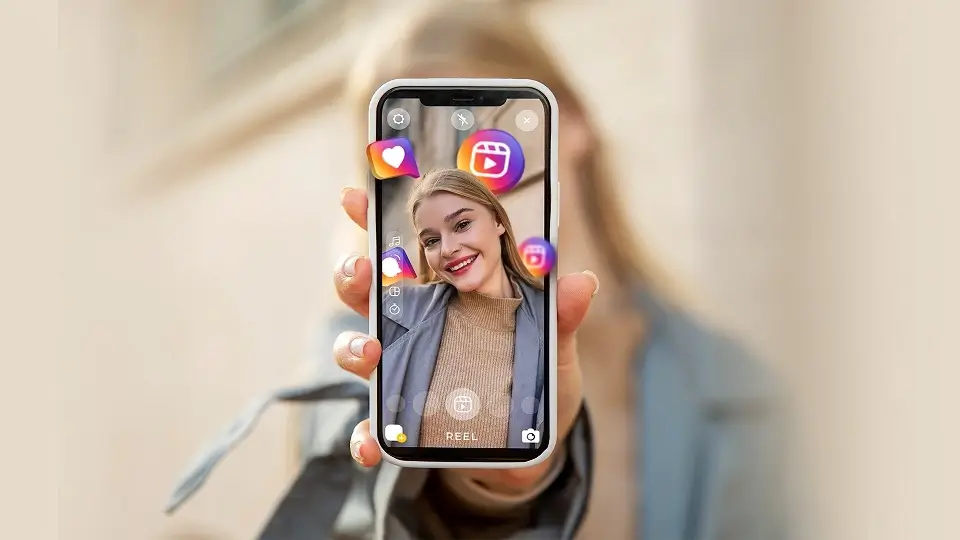
Move over, horizontal wide-screen videos. The ideal video format in 2023 is vertical and under 15 seconds long. Short-form video content predominates most social media platforms, with TikTok as the frontrunner leading the pack. There are also Instagram Reels, Youtube Shorts, and even Twitter. It’s nothing new, and it’s here to stay.
Experts say that the short-form video trend will continue to grow in 2023. Brands should capitalize on the popularity of short video formats when producing social media content. Short-form vertical videos are easy and cost-effective, with high organic reach compared to other content types. You can easily create a short vertical video using TikTok’s in-app editor or Canva. Short-form videos are arguably the best social media content format for marketers and content creators this year.
TikTok has poised itself to succeed in this area because of its first-mover advantage in the market. TikTok has also become the primary advertising platform chosen by content marketers, especially because of its large user base. More social media users are flocking to TikTok from other websites, causing engagement on the social platform to skyrocket.
Short-form visual social media content is an essential ingredient in viral social media marketing campaigns. In 2023, digital marketing will use faster informal and conversational marketing strategies. Business is no longer constrained to old-school, formal, and face-to-face agreements. Many brands and consumers are increasingly adopting a ‘digital-first’ attitude towards business and consumption.
With so much digital noise, viral social media marketing helps your brand stand out on social networks. Viral marketing uses funny and emotional content to make the audience feel and remember your brand better. Short-form videos are concise and memorable; they are ideal mediums for your brand’s content to become viral. So, start with something funny and relatable to evoke emotion in your audience. The best viral content keeps audiences engaged and entertained by offering a memorable interaction with your brand. It’s conversational and caters to what your audience wants to know, not what you want to sell to them.
Short vertical video content should also be cross-posted to other platforms: TikTok, YouTube Shorts, Facebook and Instagram. For instance, you could regularly publish Instagram reels and use other short vertical videos as regular posts instead of photos. Remember to post your video at the right time when most of your audience is online. It gives your post higher visibility and rewards your account with more engagement. Pin important featured posts to the top of your profile for new visitors.
Also read: Trendy Instagram Ideas For 2023
High Confidence Levels In ROI Of Social Media Marketing
The experts said it first: confidence levels in social media marketing are at an all-time high this year. In a 2021 survey by Hootsuite, 96% of marketers were confident in social media’s ROI (return on investment). Marketers believe social media marketing helps them engage their audience and increase conversions. Marketing budgets are yet to bounce back to pre-pandemic levels, but numbers show it’s steadily growing. As ad spending gradually increases, this trend will also hold true for social media marketing in 2023. For content marketers like yourself, 2023 is the time for your brand’s marketing strategy to shine.
Proactive & Targeted Engagement With The Audience
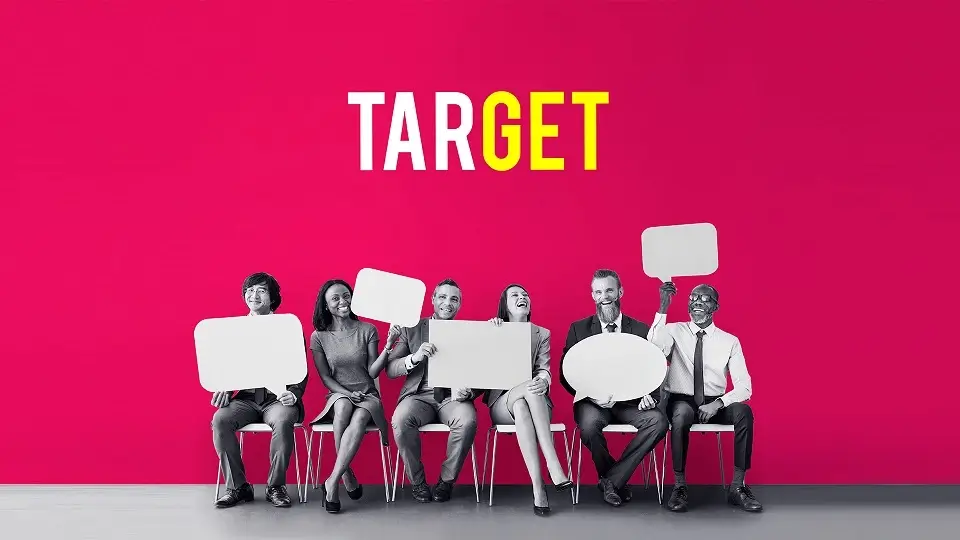
According to marketing pundits, brands should aim for proactive and targeted audience engagement for higher ROI in 2023. Social media channels are already saturated with content, and there’s stiff competition to cut through the noise. Brands that proactively and strategically target a specific audience niche will succeed in making their mark. You need more than just a content strategy to drive leads and sales. Your brand must be willing to do the legwork of personally reaching out to your consumers. It’s tedious and time-consuming, but proactive engagement gives you the most conversions.
Social media is an excellent tool for finding and developing sales prospects. Marketing experts recommend starting by creating content to attract your potential target audience. Once you’ve identified the right audience, select those who show interest in what you’re offering. Start creating content to target this specific group. Remember that your end goal is a sale because content creation drives your sales. You should aim to turn these interested audiences into potential customers.
Next, reach out to the interested prospects and engage them in personal conversation. Pay attention to their needs and offer helpful information to nurture a meaningful consumer relationship. The subsequent sale will be much more sincere and natural when you’ve earned their trust and respect. In the long term, you’ll build a loyal customer base of people who trust your brand to meet their needs.
Influencer marketing is one of the popular social media trends for 2023. Content creators aren’t as inaccessible as you think; most smaller creators earn less than USD 100 per post. You can engage more cost-effective micro-influencers if you own a relatively small business. Micro-influencers tend to have a smaller, more devoted following. Their content creation caters to a niche audience, so it aligns with your brand’s targeted social media marketing strategy.
And no, you don’t necessarily have to engage an influencer. Influencer marketing strategy increases brand awareness and trust among your consumer base. You can create authentic content for target audiences to increase brand loyalty. To learn more about influencer marketing, read our blog post on DIY influencer strategies to promote your brand!
You should also diversify your social media marketing strategy across various platforms to reach your target audience. LinkedIn is still best for B2B marketers due to its focus on work and business. TikTok is great for your B2C strategy and for engaging younger audiences. Experts predict that most brands will target these two large platforms for their social media marketing in 2023. More social media users are congregating on LinkedIn and TikTok after moving away from other platforms. It’s also because Twitter’s 2022 content guideline changes have driven brands and users away from the platform in 2023. Organic engagement could be cut back on Twitter, decreasing opportunities for brands to build their customer base there.
Social Media Customer Care = Higher ROI
While you’re busy out there growing your customer base, remember to care for your existing customers too. The social media marketing is competitive, and you shouldn’t lose customers at this point. Make a customer care program part of your brand experience; it benefits existing and potential customers, increasing ROI.
Social media is fundamentally a tool to enrich customer connections, not just a content broadcasting channel. Customers check out your brand for the content but stay for the relationships and impeccable customer service. Your brand should primarily use social media to connect with customers and grow their loyalty. Encourage sincere brand conversations and introduce a customer care program to get this done.
How do you implement a customer care program? Marketing specialists shared a few tips to help you begin. Browse your social media channels to identify where customer acquisition and retention happen most frequently. Next, create content that drives engagement, like asking for opinions and product input. Respond to audience queries as often as possible, and look where your brand is tagged online. Finally, develop excellent customer service to meet customers’ needs after the sale.
Customers want to interact with your brand digitally like they would in person. So, ensure you provide avenues for them to communicate with you directly; social media makes it more accessible. Leave your Instagram DMs open, and respond to comments often. Host an Instagram or Facebook live stream every month to answer frequently asked questions. These little moments of personable interaction in your social media marketing strategy help turn passing customers into brand devotees.
Alternative Realities & Artificial Intelligence
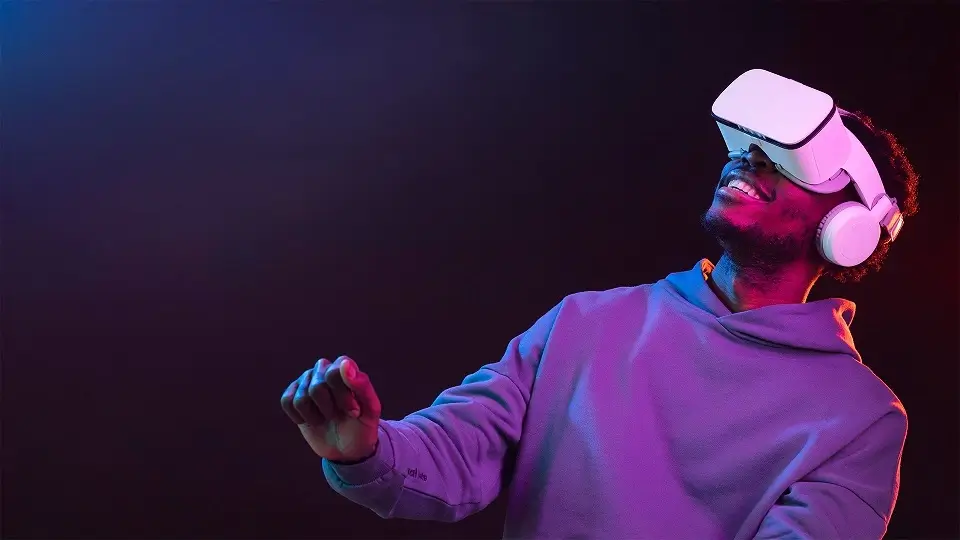
Social media trends for 2023 will see the continued rise of alternative realities and artificial intelligence (AI). You’re probably familiar with these terms: augmented reality (AR) and virtual reality (VR). Alternative realities are so prevalent and ubiquitous in digital marketing that AR and VR advertising is already considered mainstream. If you are yet to try any of these options, you’re missing out. But don’t worry because 2023 is still early enough to start. AR and VR are still growing in popularity on social media platforms like TikTok. Users are still experimenting and getting comfortable with AR visual content, so now’s the next best time to strike.
TikTok leads in this area because of its first-mover advantage and reliability in hosting AR and VR technologies. It already hosts AR filters and special effects that content creators can add to videos. TikTok’s existing infrastructure and extensive user database – projected to exceed 800 million by 2023, makes it appealing to marketers. TikTok wins the lion’s share of ad budgets for social media marketing compared to other social media giants like Instagram. So, consider getting your brand’s content out on TikTok to reach a newer and larger audience.
Artificial Intelligence (AI) continues to be popular, with recent rapid advancements in AI content creation models. OpenAI research has given birth to projects like DALL.E (AI image generation) and ChatGPT (AI content writing), among others. AI is revolutionizing content creation, and brands should embrace it by using AI tools to enhance their content quality. Experts predict that adopting AI tools in marketing will become more widespread in 2023. The early adopters will have a strategic edge over other brands as they lead the forefront of AI-assisted marketing. So, consider revitalizing and diversifying your brand’s social media marketing strategy with AI-assisted content this year.
A Return To Facebook’s Roots With Community Development
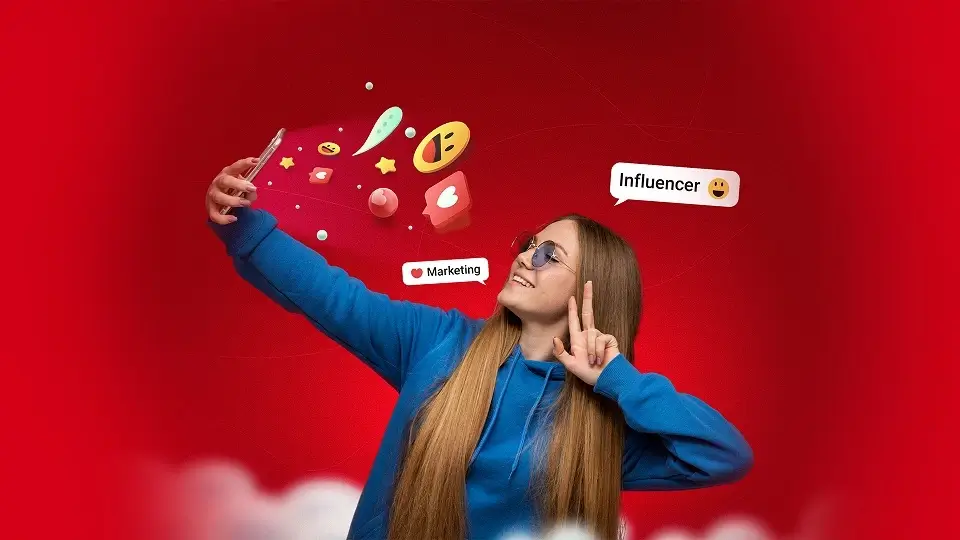
Facebook re-embraces its origins with the resurgence of community development. Experts predict that 2023 is when Facebook’s obsession with vanity metrics in social media marketing finally fades out. In 2023, vanity metrics will give way to meaningful, smaller-scale conversations. Businesses quietly and sincerely build strong customer relationships to accumulate engagement metrics that matter. Online Facebook communities are engaging in more honest and heartfelt conversations with the brands they follow.
That’s good news for your social media marketing strategy. Your brand’s community is the bread and butter of your business, and conversations are how you grow that community. Create groups for customers to gather and talk to each other, and involve yourself by asking about customers’ concerns. When you care for your customers, they’ll have a reason to care for you.
Social Media Marketing In 2023 Is Full Of Possibilities
It’s a lot to take in. So many changes are ahead, and experts have offered exciting insights on what opportunities to seize. But there is also plenty of promise and hope. Remember their advice when you start planning this year’s marketing strategy. Bring your brand’s social media marketing to new heights in 2023 and embrace what’s to come. The future is yours to create, and we wish you all the best on your business journey.


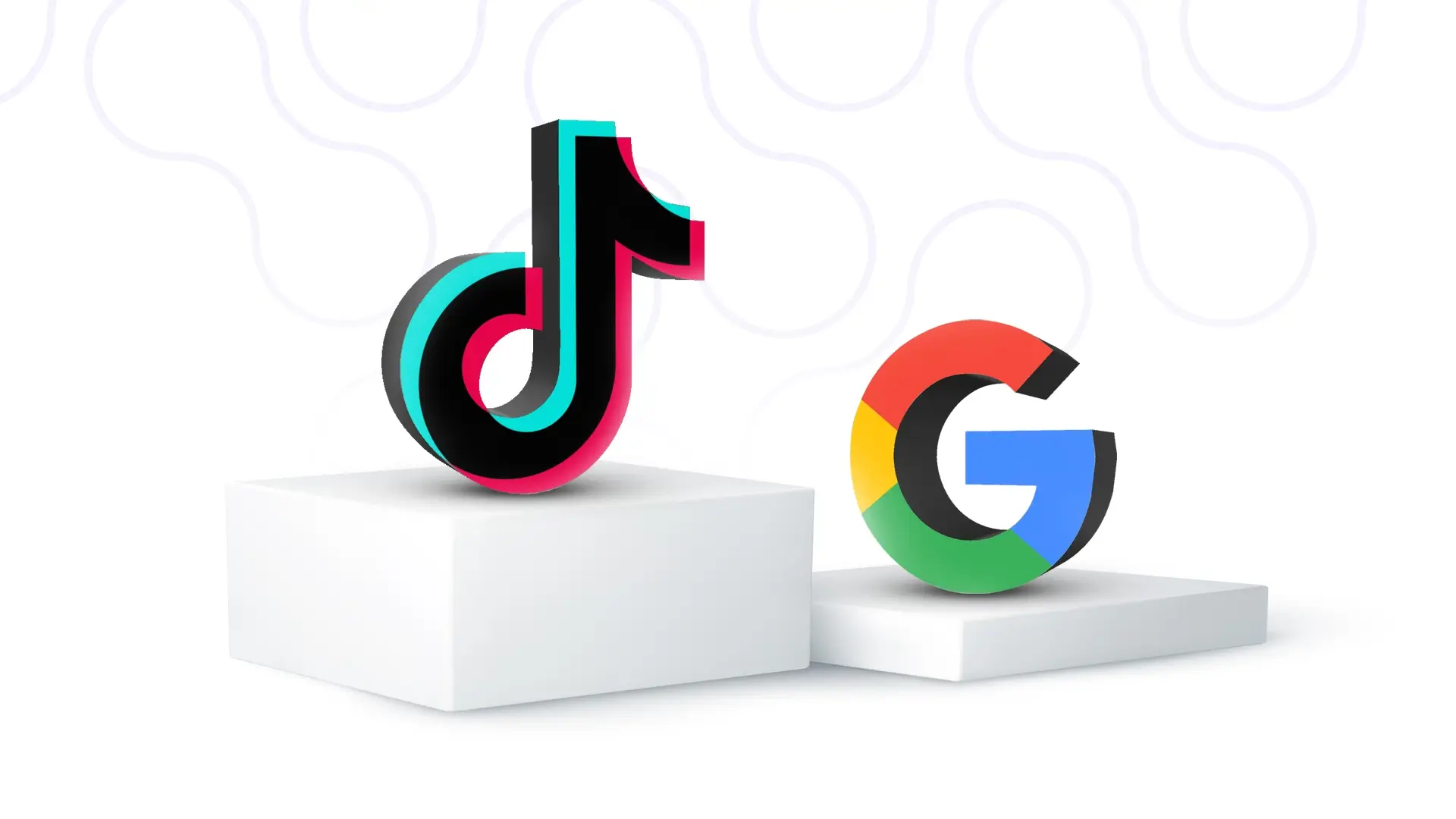

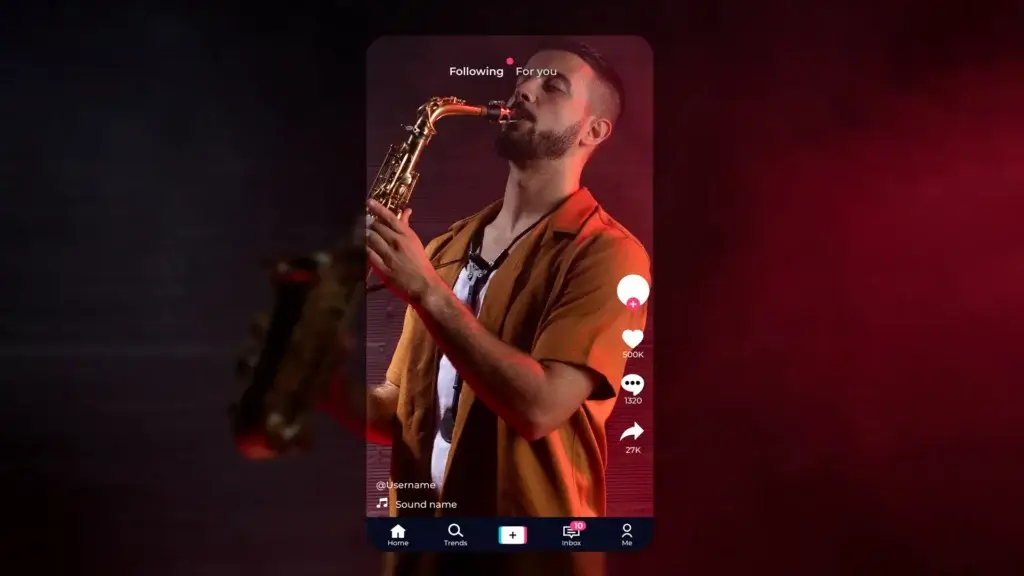

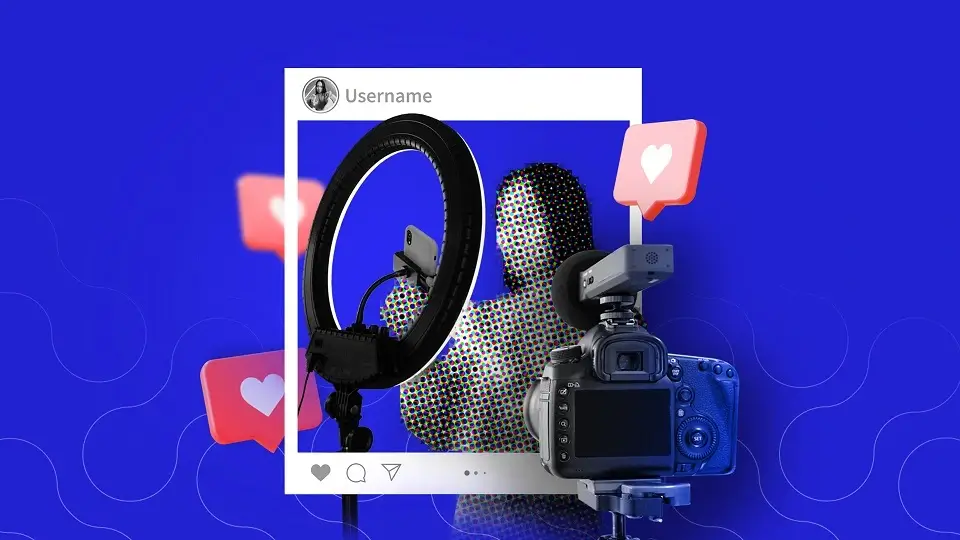










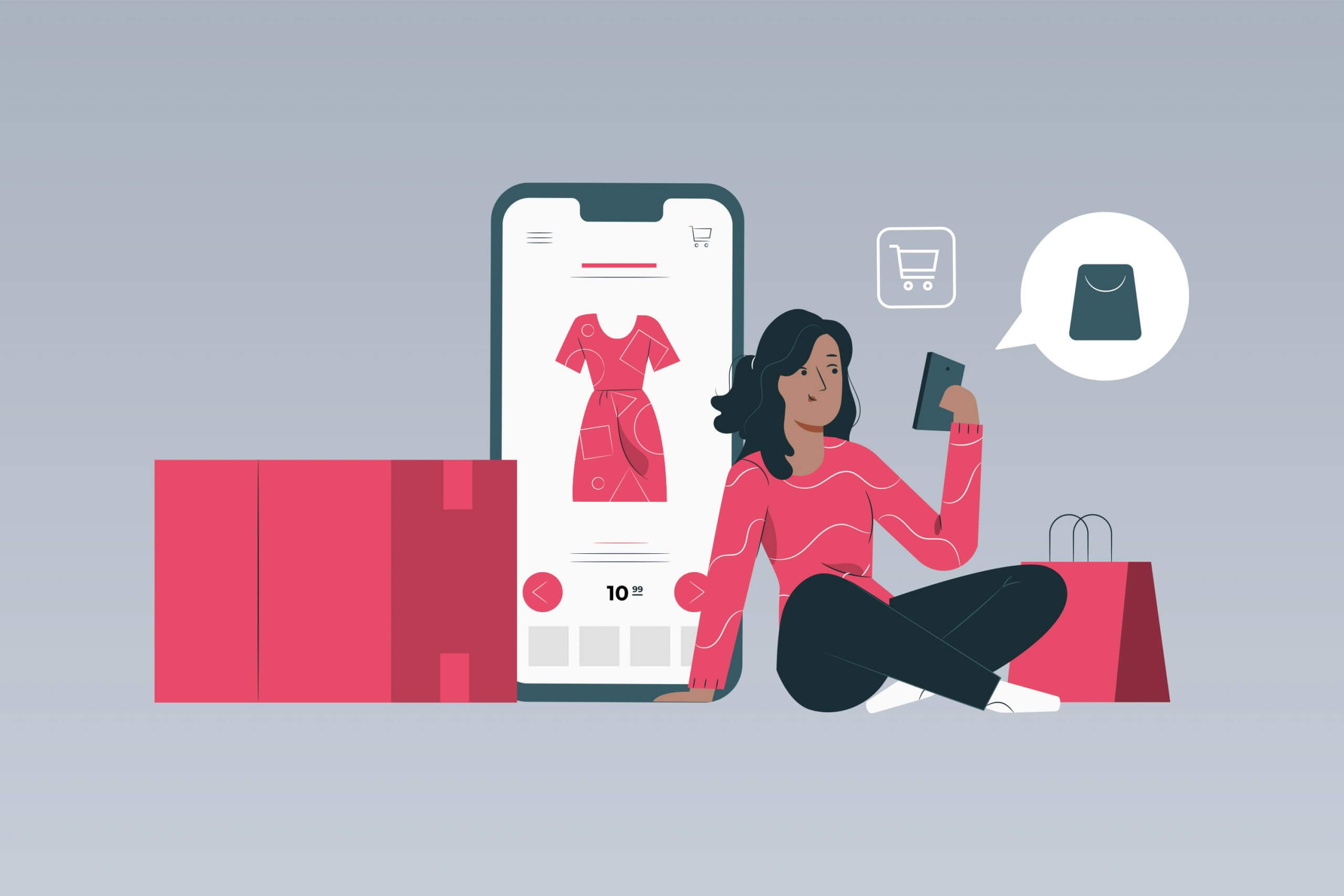









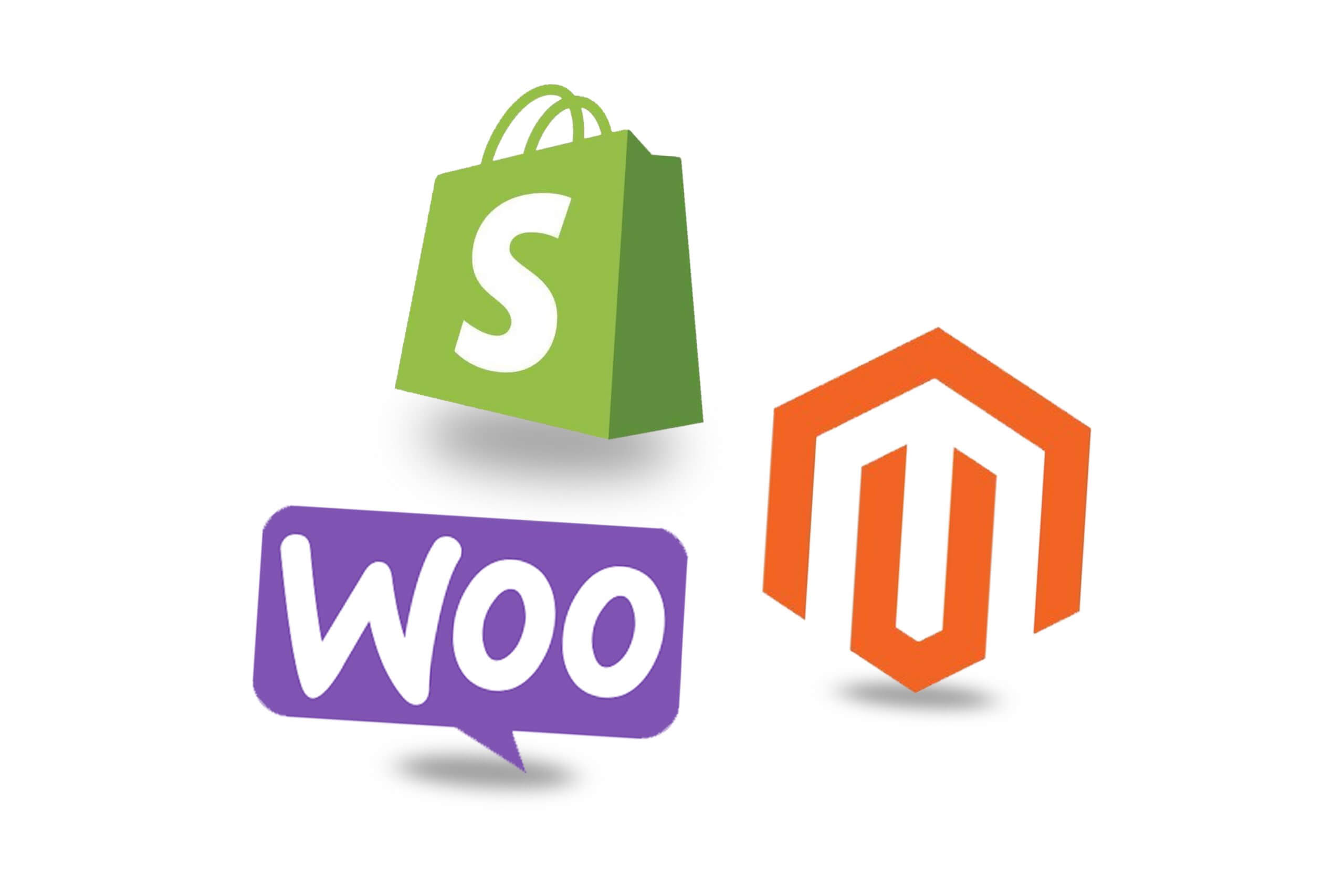



 Branding
Branding Digital Strategy
Digital Strategy PR & Communications
PR & Communications